Shanks
Often the part of the ring least concentrated on! However, the shank can give you lost of options in how to make your ring stand out and be bespoke to you.
There are many things to consider with the shank style, like do you want diamonds on the shoulders, do you want a wide band or a narrow band, do you want it to taper? Take a look at some of the more common shank and band styles and see which appeal to you!
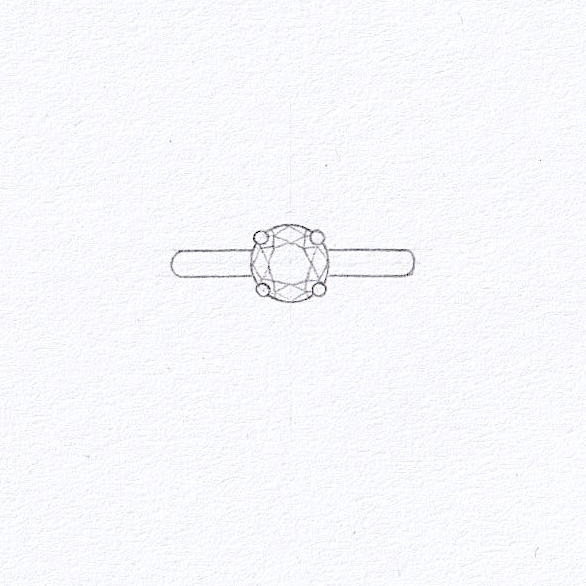
Equal Width
An equal width shank on a ring means the width of the band remains consistent throughout its entire circumference, without any tapering or narrowing. This design feature can add visual balance and harmony to the ring, making it more aesthetically pleasing.
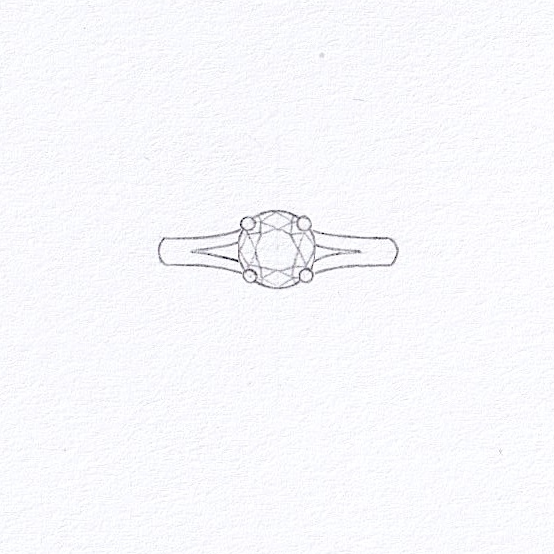
Split Shank
This design feature is where the band of the ring is intentionally separated or split, creating a gap or a seam in the metal. This can be done to add visual interest, create a sense of movement, or to accommodate a specific type of stone or setting. The split can be narrow and subtle, or wide and dramatic, depending on the design and style of the ring.
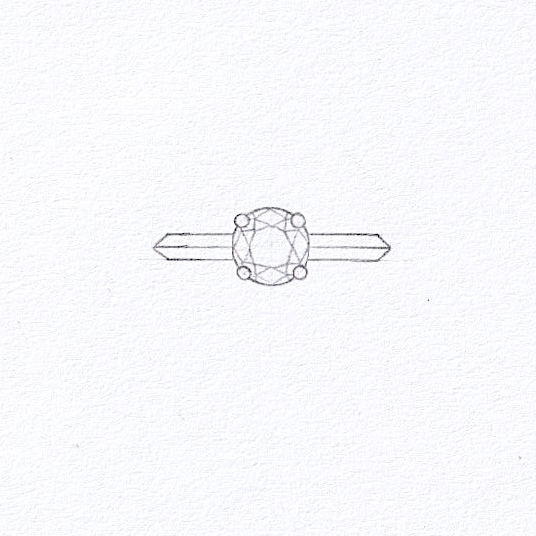
Knife Edge
A knife edge shank is where the band is shaped like a knife's edge, with a sharp, angular cut that tapers to a point. This design style is noted for its sleek, modern appearance and its ability to create a slim, unobtrusive profile on the finger.
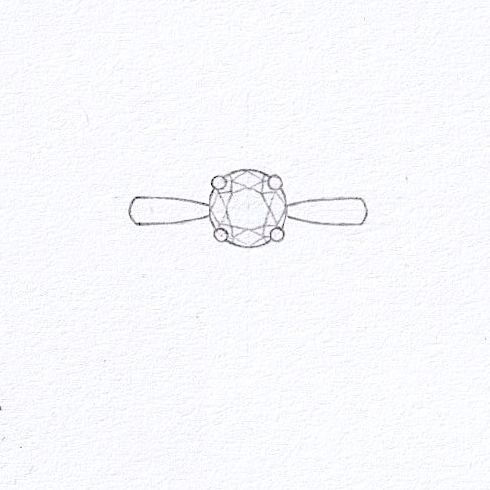
Tapered
A tapered ring shank is where the band gradually narrows or "tapers" as it moves from one part of the ring to another. Typically, the tapering occurs from the bottom (the part that goes under the finger) towards the top (where the gemstone or decorative element is set). This design feature offers several benefits including comfort, aesthetics, balance and the ability to customise. The tapering style is done to draw your eye into the central stone.
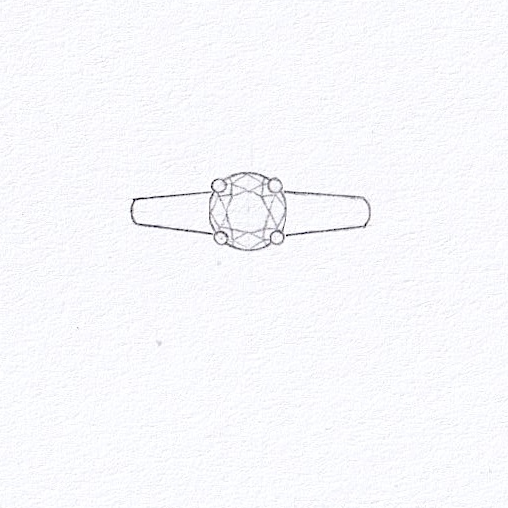
Reverse Taper
A reverse tapered ring shank is where the shank becomes wider as it approaches the central gemstone or decorative element, in contrast to a standard tapered shank that narrows towards the top. This design feature offers a unique aesthetic and other benefits like structural support for larger gemstones and a comfortable fit.
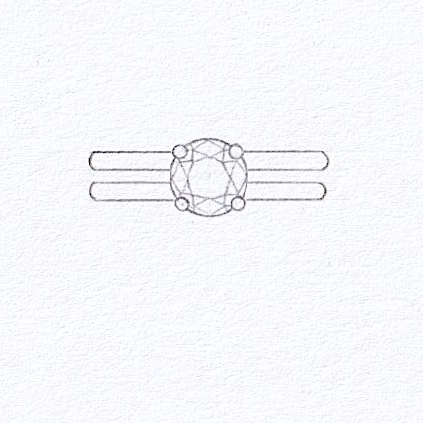
Multi Shank
A multi-shank ring is where the band splits into multiple strands or shanks, creating a more intricate and often more substantial look. It has the additional benefit of being more supportive for gemstones as well. Overall, a multi-shank ring is a sophisticated and versatile design choice, perfect for those looking to make a statement with their jewellery.
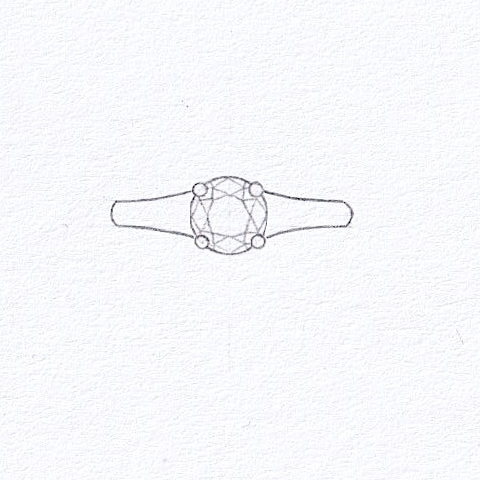
Flair
A flared shank on a ring is a design feature where the band widens or "flares out" as it approaches the central gemstone or decorative element. This can create a distinctive and visually striking appearance.
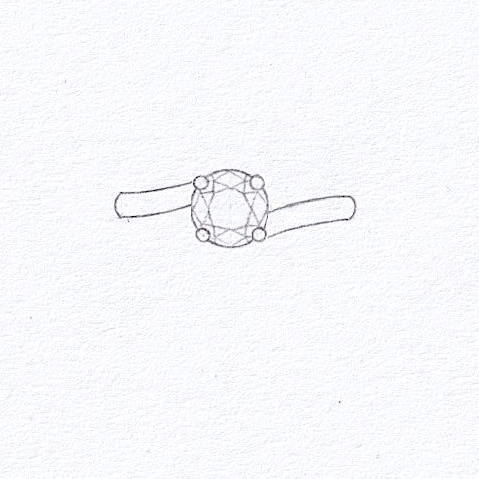
Bypass
A bypass shank on a ring is a design where the ends of the band do not meet symmetrically but instead curve around the central gemstone or each other, creating a flowing and intertwined appearance. It’s a stylish and symbolic design choice that combines aesthetic beauty with personal meaning, making it a favoured option in bespoke and custom jewellery.
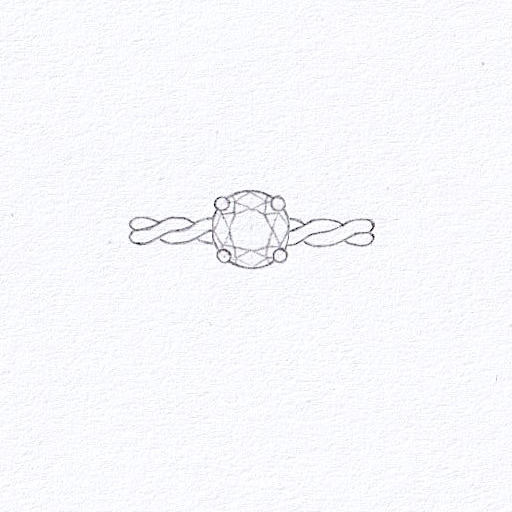
Twist
Twist shanks on rings provide a dynamic and textured appearance to the overall design. In this design, the band appears twisted or braided, giving the ring a tactile feel as well as a symbolic edge: an infinite interconnection.
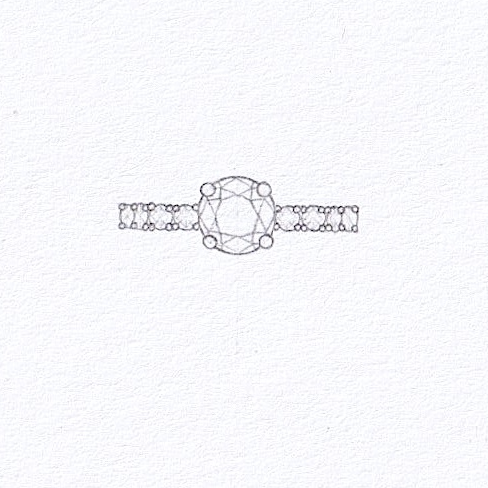
Diamond Set
Adding extra sparkle by setting diamonds in the shank can complement the central stone as well making the overall ring appear glitterier as it reflects light from multiple angles. It also allows for further design options with the setting style: pave, channel or claw for the shank, further enabling a truly bespoke ring.
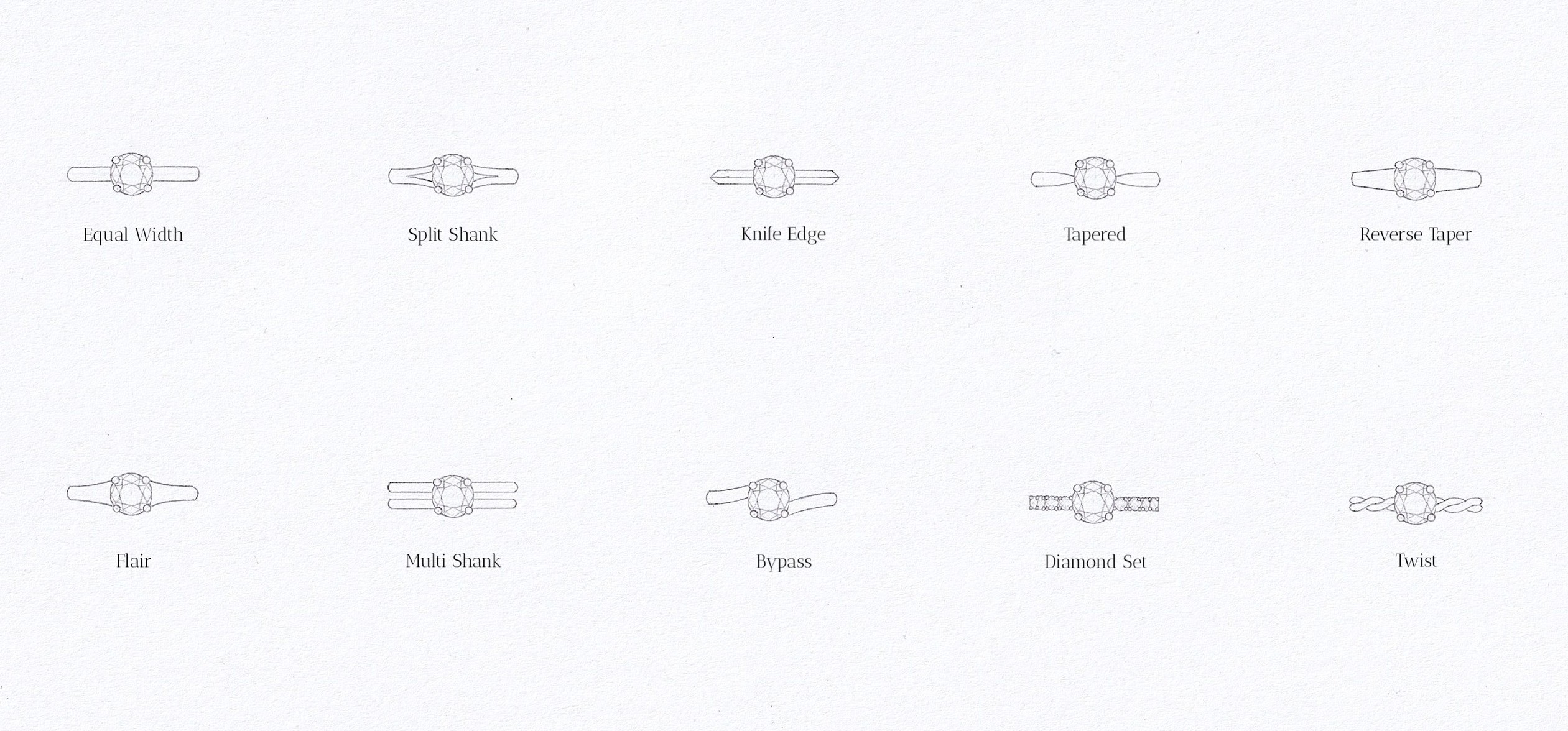
Different Shank Styles